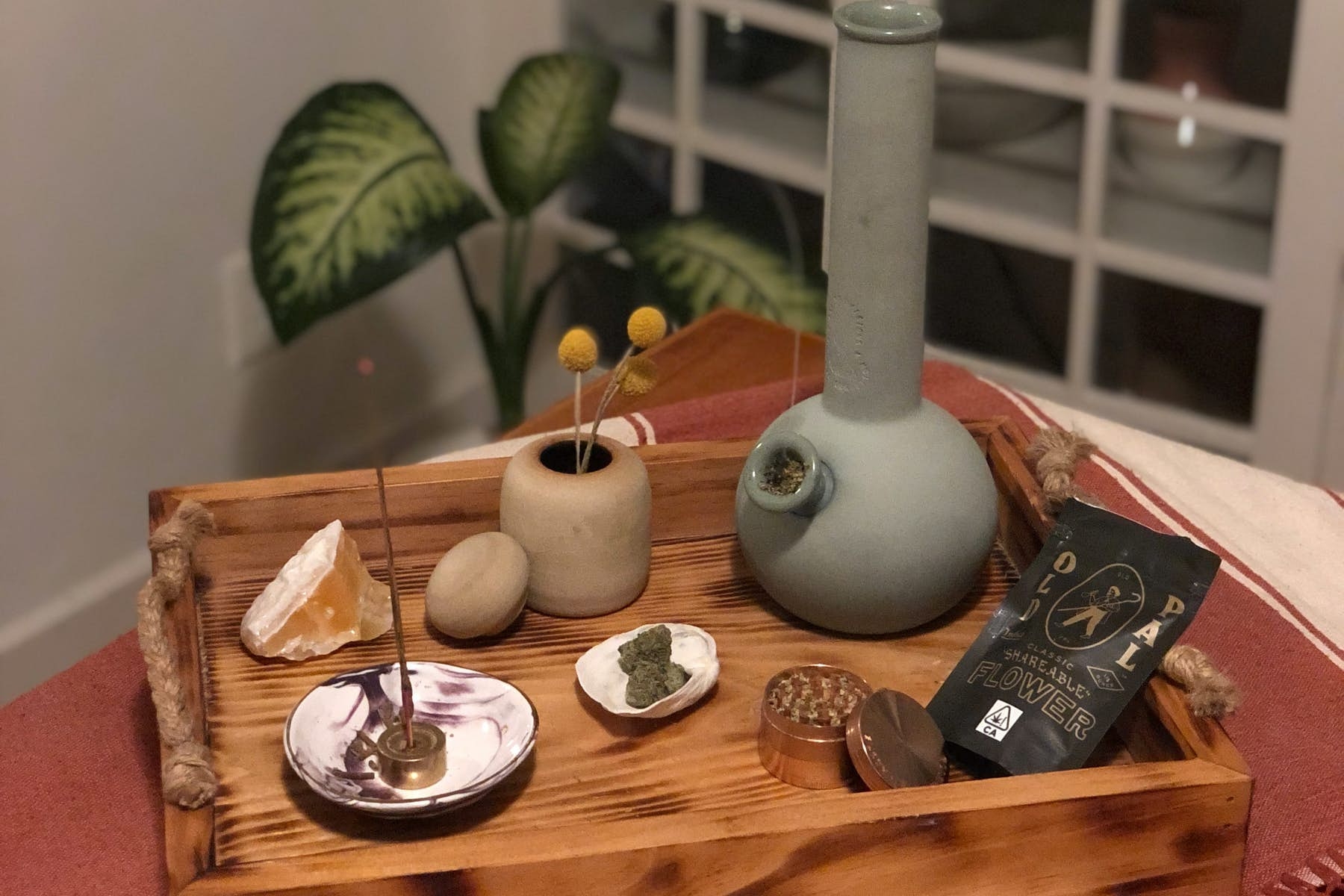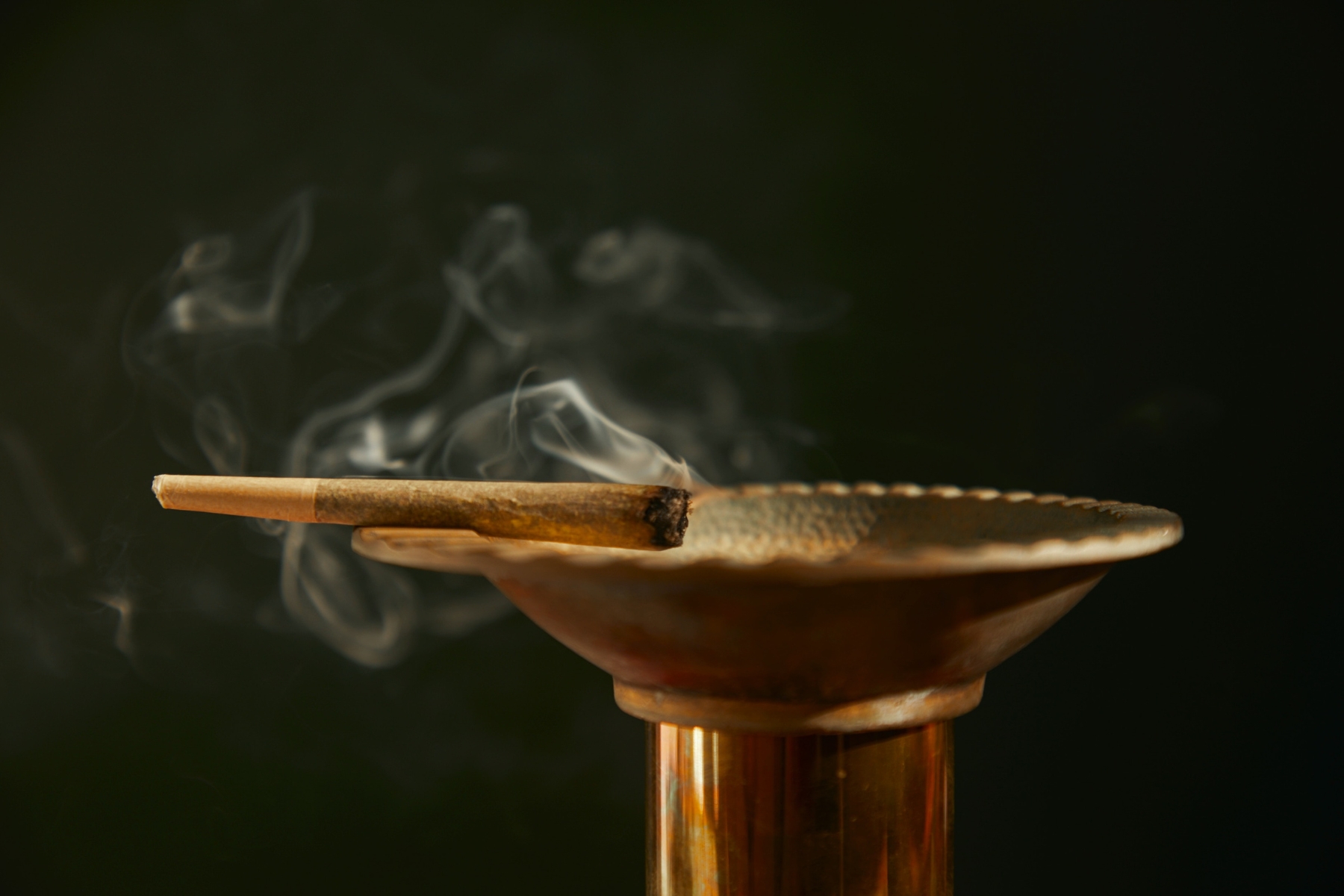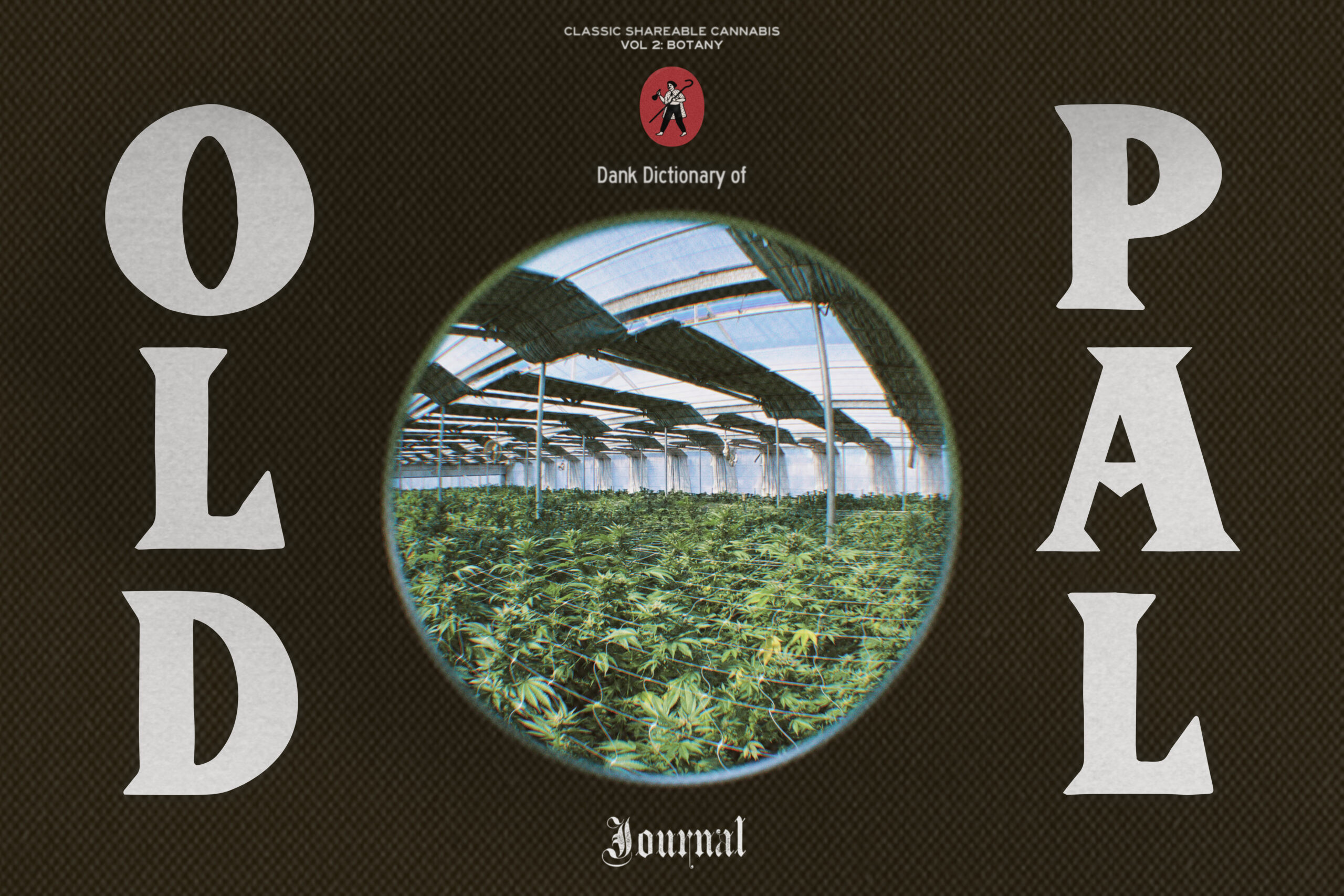Cannabis botany is a fascinating and intricate field, essential for anyone looking to deepen their understanding of this versatile plant. From the microscopic structures that produce its psychoactive compounds to the various cultivation methods, each aspect of cannabis botany contributes to the quality and characteristics of the final product. In this guide, we’ll explore the key terms and concepts that form the foundation of cannabis botany, providing you with a comprehensive overview of the plant’s anatomy, growth, and cultivation.

Dank Dictionary: Cannabis Botany Terms
Cannabis, a genus of flowering plants in the family Cannabaceae, is renowned for its psychoactive and medicinal properties. Understanding its botanical aspects not only enhances appreciation for the plant but also aids in cultivation and consumption practices. Whether you’re a grower, a consumer, or just a curious enthusiast, grasping the intricacies of cannabis botany can enrich your experience with this fantastic plant.
APICAL MERISTEM:
The growing tip of a plant, where new cells are produced. In cannabis, the apical meristem is responsible for vertical growth and can be manipulated through training techniques like topping and pruning.
AUTOFLOWER:
A type of cannabis strain that automatically transitions from the vegetative to the flowering stage based on age, rather than light cycles. Autoflowers are popular for their ease of cultivation and shorter growth cycles.
CALYX:
The protective layer of the cannabis flower, composed of small, leaf-like structures called sepals. The calyx encloses and supports the developing flower, housing the reproductive organs.
CANNABINOIDS:
Chemical compounds in cannabis that interact with the body’s endocannabinoid system to produce various effects. The most well-known cannabinoids are THC (tetrahydrocannabinol), responsible for the psychoactive effects, and CBD (cannabidiol), known for its therapeutic benefits.
CANNABIS SEEDLING:
The initial stage of cannabis growth, starting from germination until the plant develops its first true leaves. Seedlings are delicate and require careful attention to light, water, and nutrients.
COCO COIR:
A growing medium made from the fibrous husks of coconuts. Coco coir is popular for its excellent water retention and aeration properties, making it an ideal choice for cannabis cultivation.
COLAS:
The clusters of cannabis buds that form at the top of the plant’s main stem and branches. Colas are typically the most potent and sought-after parts of the plant due to their high concentration of trichomes.
FAN LEAVES:
The large, iconic leaves of the cannabis plant. Fan leaves are essential for photosynthesis, helping convert light into energy for growth. They are also indicative of the plant’s overall health.
FLOWERING STAGE:
The reproductive phase of the cannabis plant, where buds develop and mature. This stage is triggered by changes in light cycles and is crucial for producing high-quality cannabis flowers.
HYDROPONIC:
A method of growing cannabis without soil, using nutrient-rich water solutions. Hydroponic systems allow for precise control over nutrient levels and environmental conditions, often resulting in faster growth and higher yields.
INDOOR:
Cannabis grown in controlled indoor environments, allowing for precise management of light, temperature, humidity, and other factors. Indoor cultivation can produce high-quality cannabis year-round, regardless of external weather conditions.
LIVING SOIL:
A type of soil rich in organic matter and beneficial microorganisms. Living soil promotes healthy plant growth by enhancing nutrient availability and fostering a balanced ecosystem within the root zone.
MYCORRHIZAE:
Symbiotic associations between fungi and plant roots. Mycorrhizae enhance nutrient uptake, particularly phosphorus, and improve soil structure, benefiting overall plant growth.
NODES:
The points on a cannabis plant where branches, leaves, or flowers originate. Nodes are critical for plant structure and are often used to identify male and female plants during the vegetative stage.
OUTDOOR:
Cannabis grown outdoors, typically relying on natural sunlight and environmental conditions. Outdoor cultivation is often more cost-effective and environmentally friendly, though it may be subject to weather-related challenges.
pH BALANCE (SOIL/WATER):
The measure of acidity or alkalinity in soil or water, crucial for nutrient absorption. Cannabis plants thrive in a slightly acidic environment, with an optimal pH range of 6.0-7.0 for soil and 5.5-6.5 for hydroponic systems.
PHENOLOGY:
The study of the timing of biological events in plants, such as flowering and leaf emergence. Understanding phenology is important for optimizing cannabis cultivation cycles and harvest times.
PHOTOPERIOD:
The length of day and night that influences the flowering cycle of cannabis plants. Photoperiod strains require specific light schedules to transition from the vegetative to the flowering stage.
PHOTOSYNTHESIS:
The process by which cannabis plants convert light energy into chemical energy, using carbon dioxide and water to produce glucose and oxygen. Photosynthesis is fundamental to plant growth and development.
PISTILS:
The reproductive parts of female cannabis flowers, consisting of hair-like structures called stigmas. Pistils are crucial for capturing pollen from male plants, leading to seed production. Their color changes during the maturation process, often used as an indicator of the plant’s readiness for harvest.
REGENERATIVE AGRICULTURE:
A sustainable farming practice focused on restoring soil health, increasing biodiversity, and improving ecosystem resilience. In cannabis cultivation, regenerative agriculture practices can enhance soil fertility and plant vitality.
RHIZOSPHERE:
The region of soil surrounding plant roots, inhabited by a unique community of microorganisms. The rhizosphere plays a critical role in nutrient cycling and plant health.
ROOT BALL:
The mass of roots and soil that forms around the base of a cannabis plant. A healthy root ball is essential for nutrient uptake and overall plant stability, contributing to robust growth and yields.
STEMS:
The main structural components of the cannabis plant, supporting leaves, flowers, and buds. Stems transport water, nutrients, and sugars between the roots and the rest of the plant, playing a vital role in overall plant health.
SUGAR LEAVES:
Smaller leaves that grow within the cannabis buds, often coated with trichomes. Sugar leaves are typically trimmed during harvest but can be used to make concentrates and edibles.
SUNGROWN:
Cannabis cultivated outdoors under natural sunlight. Sungrown cannabis benefits from the full spectrum of natural light, often resulting in robust terpene profiles and sustainable cultivation practices.
TERPENES:
Aromatic compounds found in cannabis (and other plants) that influence flavor and effects. Key to the distinctive aromas of different strains, terpenes also play a role in the entourage effect, where they work synergistically with cannabinoids. Common terpenes include myrcene, limonene, and pinene.
TRANSPIRATION:
The process of water movement through a plant and its evaporation from leaves, stems, and flowers. Transpiration helps regulate temperature and facilitates nutrient uptake.
TRICHOMES:
The small, crystal-like structures on the surface of cannabis flowers and leaves. Trichomes produce and store cannabinoids and terpenes, playing a crucial role in the plant’s potency and flavor.
VEGETATIVE STAGE:
The growth phase of the cannabis plant, characterized by rapid development of stems, leaves, and roots. During this stage, the plant focuses on building a strong structure to support future flowering.

One Final Toke
Understanding the botanical intricacies of cannabis enriches your connection to the plant and enhances your cultivation and consumption practices. Each term and concept in this guide reveals a layer of the plant’s complexity, from its biochemical compounds to the methods of its cultivation. As you continue to explore the world of cannabis, remember that knowledge is a key ingredient in your journey. Stay curious, keep learning, and enjoy cannabis botany with Old Pal.







